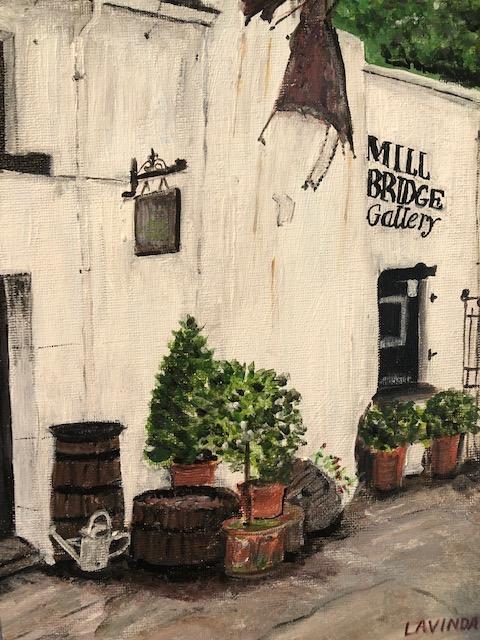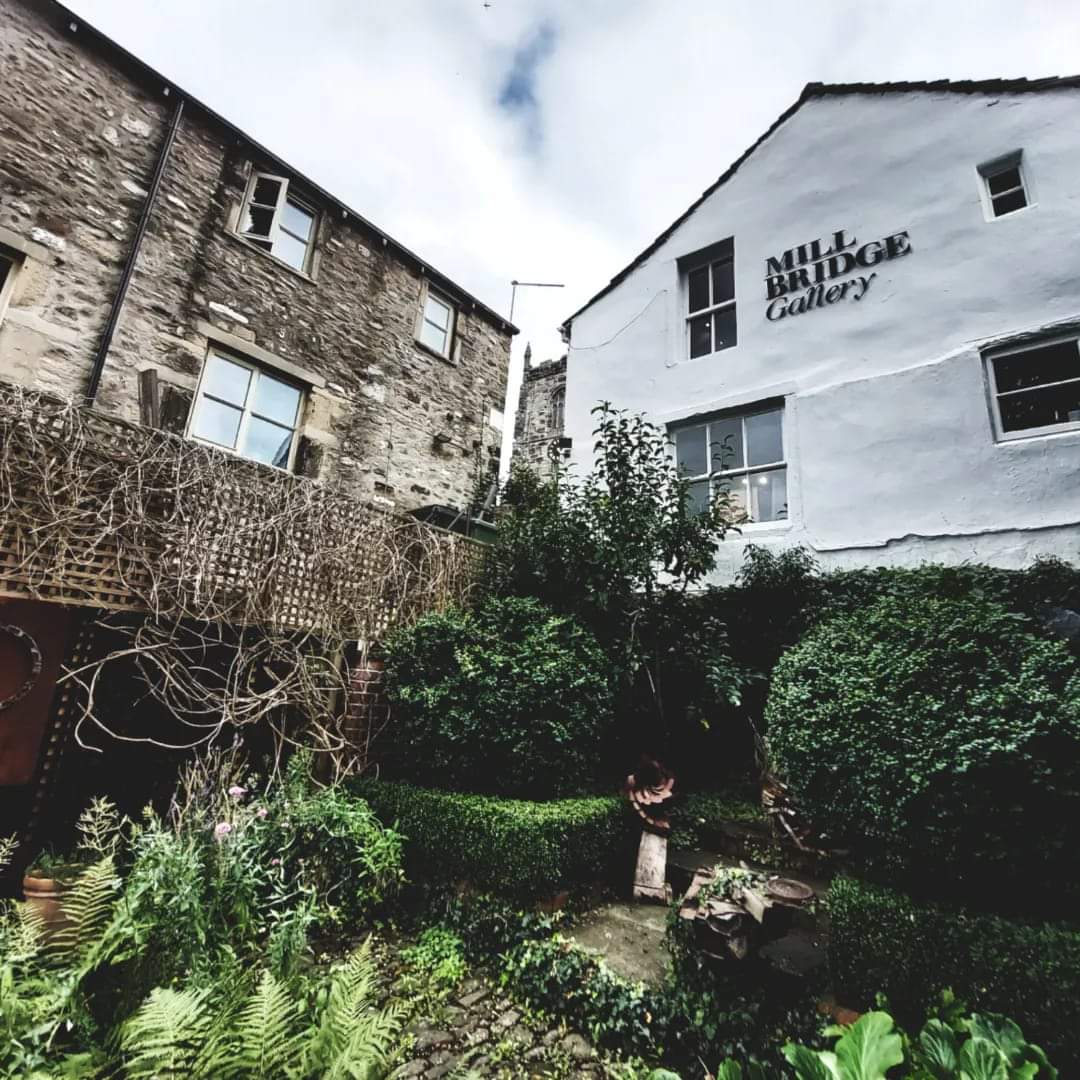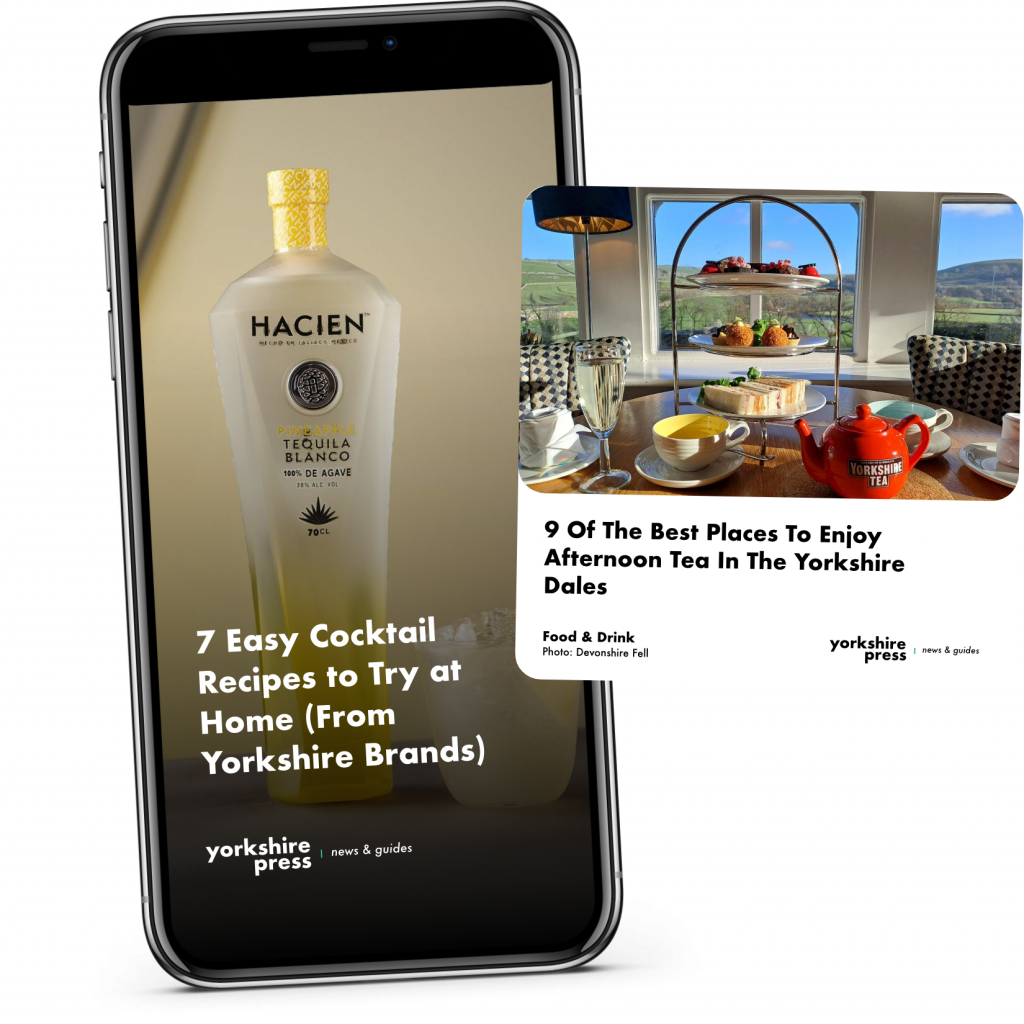Mill Bridge Gallery at 3 Mill Bridge in Skipton has just been given Grade II listed status by Historic England.
Originating in 1675 with C18, C19 and C20 alterations, it has been assessed as having architectural interest as an early surviving vernacular building in Skipton that demonstrates local construction methods.
The listing states that the building retains much historic fabric from each period of the building’s history both externally and internally, including the original dated (1675) and initialled doorway, stone chamfered mullioned windows, early timber roof structure, a re-set medieval plank and muntin wall, C17 and C19 fireplaces, and C18 panelled door and wide floorboards.
3 Mill Bridge was built to replace an earlier house destroyed during bombardment of this part of Skipton in the English Civil War (1642-1652). It is located on one of the oldest streets in Skipton, close to Holy Trinity Church.

During the English Civil War (1642-52) between King and Parliament this area of the town was bombarded with the castle slighted, the church damaged and two houses destroyed on Mill Bridge belonging to Christopher Mitchell, carpenter, and Thomas Preston, town clerk. On 4 March 1652 Lady Anne Clifford granted to Christopher Mitchell, carpenter, the parcel of land with a garden to build a tenantable house to replace his former house.
There is a datestone bearing the date 1675 and initials MEG. It was built in gritstone on a steeply-sloping site, re-using timbers from an earlier building. A fine basket-arch south entrance door and elaborate four-pane mullion south window are now part of the rear of the building. Historic England also noted a fine chamfered basket-arch fireplace and a plank and muntin cross-wall remain (both it is suggested re-positioned).
Further alterations took place in the C18, with the addition of a first storey and the insertion of windows. A tie-beam infilled with close studding was re-set and the plank and muntin cross-wall potentially relocated from the ground floor to create two upper rooms.

The building is first shown on Crow’s map of 1757 (plot 753) and by 1773 the Leeds Liverpool Canal was built extending to Mill Bridge with The Earl of Thanet extending the canal north from Mill Bridge. It is suggested from the late C18 this building became a blacksmith’s residence. The building is clearly shown on John Wood’s 1832 map with access around to the entrance in the south elevation, and a building abutting its north-west corner. It is first specifically labelled as a smithy in the 1852 Town Plan (surveyed 1850) with a garden to the west, a new building abutting the north elevation and a footpath to a new north front door. The building was occupied from at least the 1840s by the Simpson and then Whitham families, both master blacksmiths with apprentices, before passing to landowner and blacksmith Ambrose Whitehead with the cottage let to tenants.
It remained in use as residence for a blacksmith’s apprentice until August 1897 when Ambrose Whitehead sold the plot of land with cottage, blacksmith’s and wheelwright’s shop and other buildings.
A window was inserted to the right of the lateral chimney stack in the later C20 and it was converted to a shop. From the 1960s onwards it has predominantly been an art gallery with minimal alterations across the C20 and C21.
Currently Mill Bridge Gallery exhibits artwork by 19 local artists.
It is open from 11-4pm on Thursdays, Fridays and Saturdays and welcomes visitors interested in art and the history of the building.
Further details of the listing can be found on historic England’s website: https://historicengland.org.uk/listing/the-list/list-entry/1483958?section=official-list-entry
Details about the gallery and artists can be found at: https://www.millbridgegallery.co.uk





